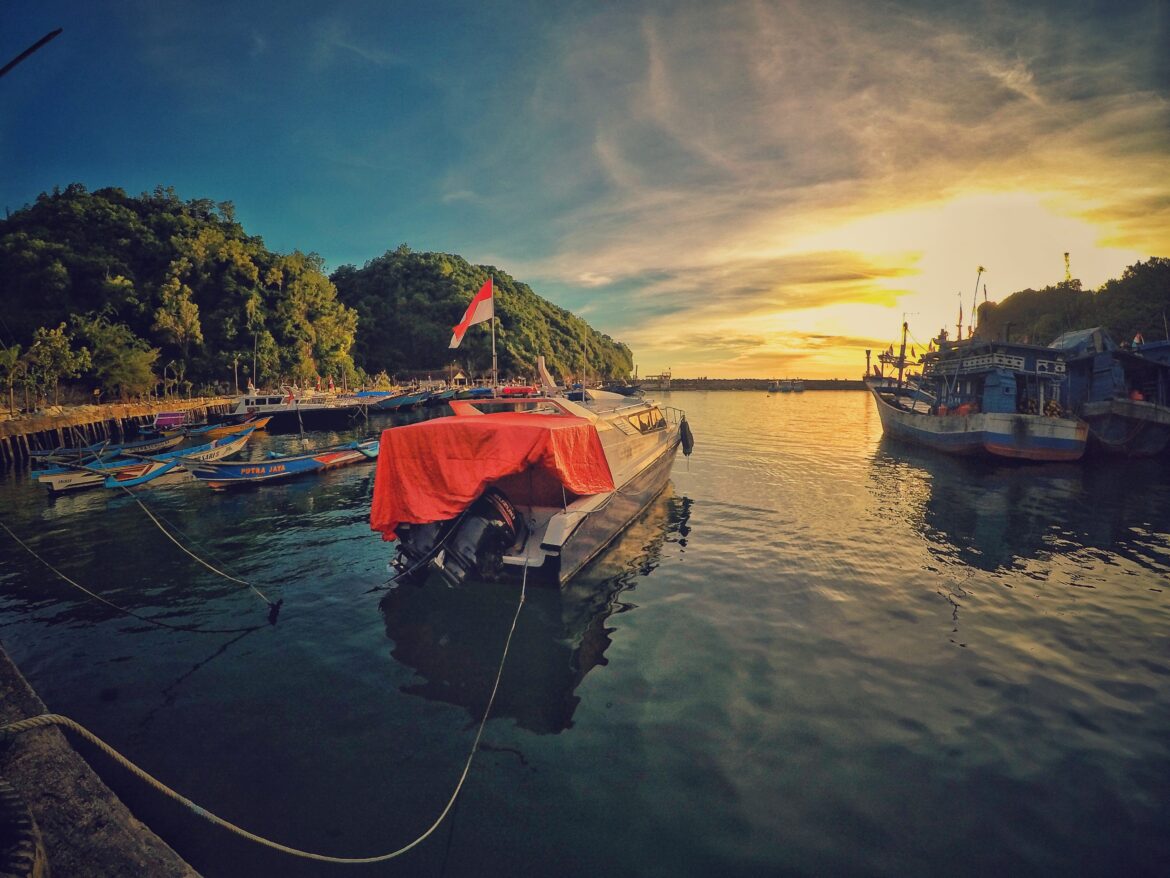Indonesia is the world’s biggest archipelago, with inhabitants of 18,330 islands. The island contains more active volcanoes than any other nation, 167 in total, and some of the planet’s largest surviving tropical forest areas.
Indonesia is a paradise for adventurers and leisure seekers alike. Indonesia has something to offer everyone, whether they want to sunbathe on stunning beaches, hike in search of orangutans, a threatened species, or snorkel among some of the incredible coral reefs on the planet.
Explore the only Indonesian city governed by an old monarchy, walk in the literal footsteps of endangered Komodo dragons, and relax in steaming hot springs surrounded by nothing but untamed, undeveloped wilderness. You’ve found magic if you’ve been hunting for it buried in the ordinary.

- Bali
Bali is a kaleidoscope of gorgeous beaches, volcanic hills, verdant rice paddies, and hundreds upon thousands of temples in Indonesia, making it one of the most popular and coveted destinations on the bucket list of contemporary travelers. It is renowned for having a laid-back vibe that has drawn yogis, travelers, and surfers for years in search of their Zen in this idyllic tropical setting.
Bali, often known as the “Island of the Gods,” is well-known for its strong spiritual roots. It is home to countless Hindu temples with distinctively colorful architecture, especially in Ubud, Bali’s spiritual center. Bali’s marvels have been noticed, too, and during the peak of the tourist season in August, the island can get uncomfortable and overcrowded. It is better to avoid school holidays as well.
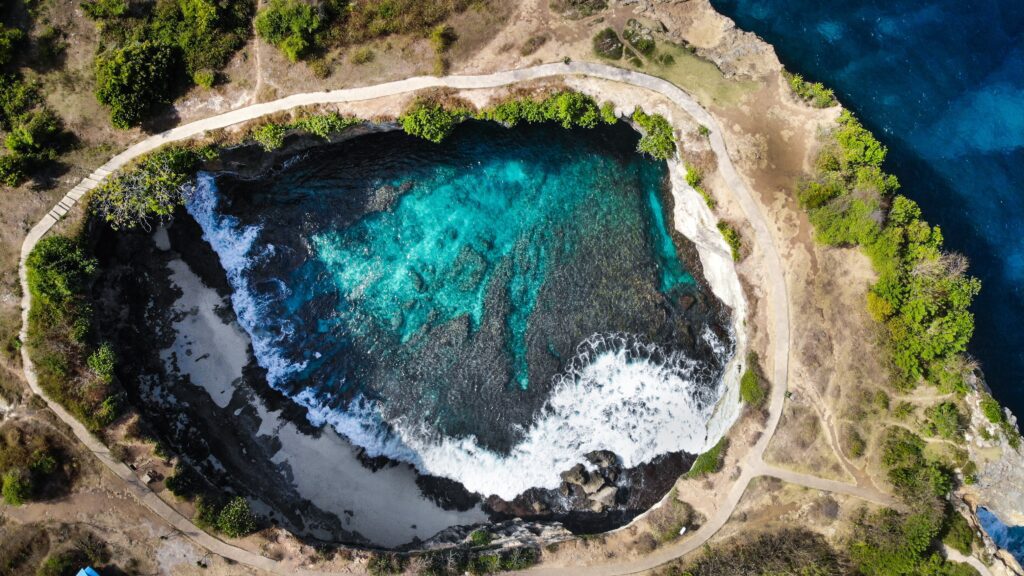
2. Raja Ampat Islands
Raja Ampat, a group of islands off the shores of Papua New Guinea, is one of Indonesia’s most renowned diving locations. Waigeo, Salawati, Misool, and Batanta are the four main islands that makeup Raja Ampat, a Malay name meaning “Four Kings,” with thousands of lesser islands. These islands are covered in dense vegetation and are encircled by turquoise lagoons and pearly-white beaches with palm trees.
As much as 75% of all known coral species can be found on the archipelago’s undersea coral reefs, which are famous for their abundance of marine life. You should purchase an underwater camera because there are many opportunities, from wreck diving to underwater photography.

3. Tanjung Putting National Park
One of the world’s natural wonders, Tanjung Putting National Park is renowned for housing some of the planet’s last remaining orangutans, which are orange, long-haired apes.
The park is home to various natural lowland habitats on a peninsula facing the Java Sea. It is situated in the rainforests of Borneo, the third-largest island in the world that Indonesia, Malaysia, and the sultanate of Brunei share. With a variety of habitats, including swamp forests, alluvial plains, and ocean coastlines, the area is home to a wide variety of species. The site is so diverse that it was first established as a game reserve before becoming a national park in 1982.
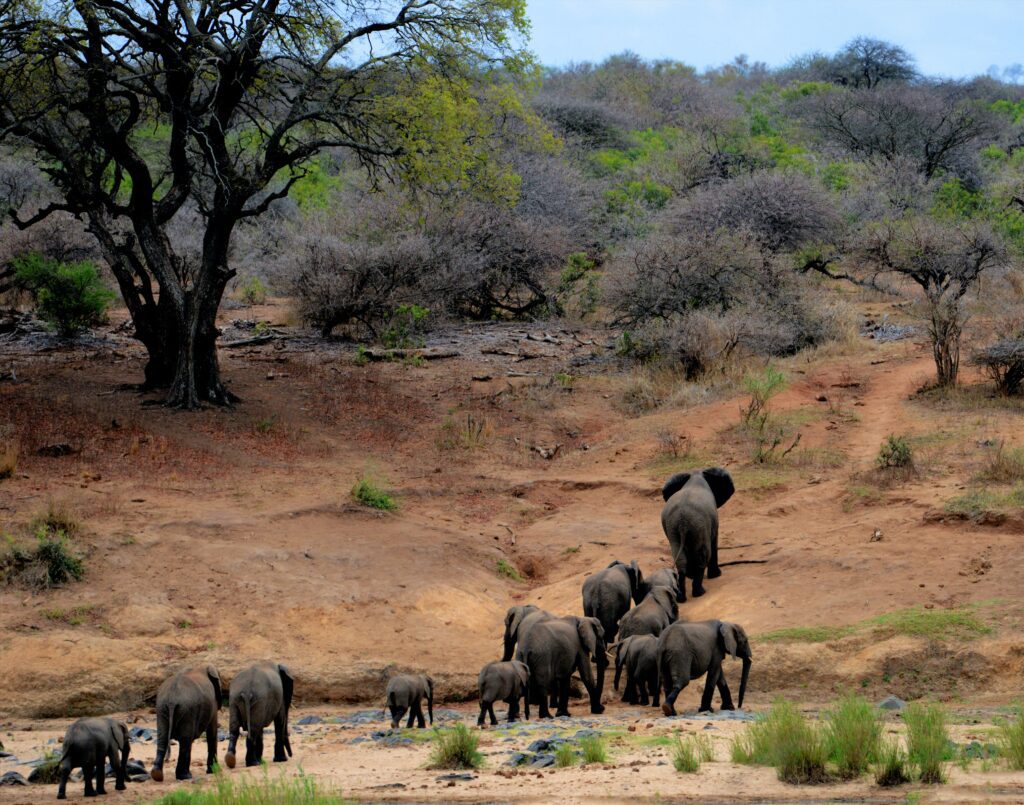
4. Flores Island
The Portuguese name Flores, given to the Indonesian island by European missionaries who came there in the 16th century, translates to “Flowers” in English. The long island of Flores in Nusa Tenggara, to the west of Lembata and east of Sumbawa, is well known for its traditional village homestays, the stunning multi-colored crater lakes near Mount Kelimutu, and the endless opportunities for adventure tourism.
The lakes are certainly a sight to behold since they are every hue you can imagine, from browns and greens to aqua blue, and these colors result from minerals reacting with the volcanic gas in the area. Sunrise views of the Kelimutu three-colored lake are a must from the volcano’s summit.

5. Toraja land
The Land of the Heavenly Kings is known as Rice fields, limestone peaks, and hills covered in bamboo may be found throughout Torajaland (Tana Toraja), which is tucked away in the lush central highlands of Southern Sulawesi, Indonesia. The fascinating culture of Tana Toraja, which is home to the Christian and animist Toraja people, has remained largely and remarkably free of western influence.
Massive homes with peaked roofs, Hongkong, and opulent but horrible funeral customs are two things that Torajans are well renowned for. The body of a deceased person is preserved until the funeral service, which might take several days, typically for several years. The corpse is finally interred in a small cave or a hollow tree.
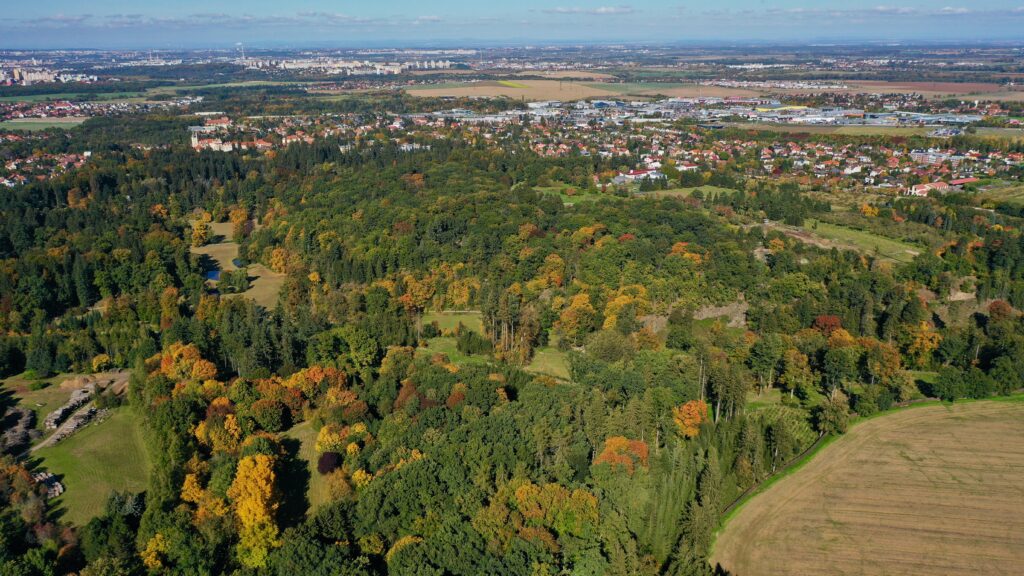
6. Bukit Lawang
A little village called Bukit Lawang is located on the eastern border of the Gunung Leuser National Park, some 90 kilometers northwest of Medan, the capital of North Sumatra. Here, an orangutan rehab facility was established in 1973. The primary goal is to protect the orangutan population, which is declining due to poaching and deforestation.
If not for the animals alone, ecotourism in this area is a deserving cause to support since it creates jobs and cash for local families living in the community. The main lure is the potential to observe orangutans in the wild, although seeing the hamlet is worthwhile. It was constructed sustainably, taking into account the environment.

7. Bromo Tengger Semeru National Park
You may find an ethereal yet desolate world of volcanic calderas surrounded by smoke and clouds in East Java’s Bromo Tengger Semeru National Park. The Hindu Tengger people and the park’s two summits, Mount Bromo and Mount Semeru, are the two sources of the name for the garden. In addition to being one of Indonesia’s most active volcanoes, the latter is the tallest mountain in the Java region.
There are still some fascinating creatures to see, such as Java rusa deer, marbled cats, wild pigs, and the rare leopard, but the scenery draws people here rather than the wildlife. The opportunity to climb a volcano at daybreak for some of the best views of this surreal terrain is the highlight of a trip to this park.
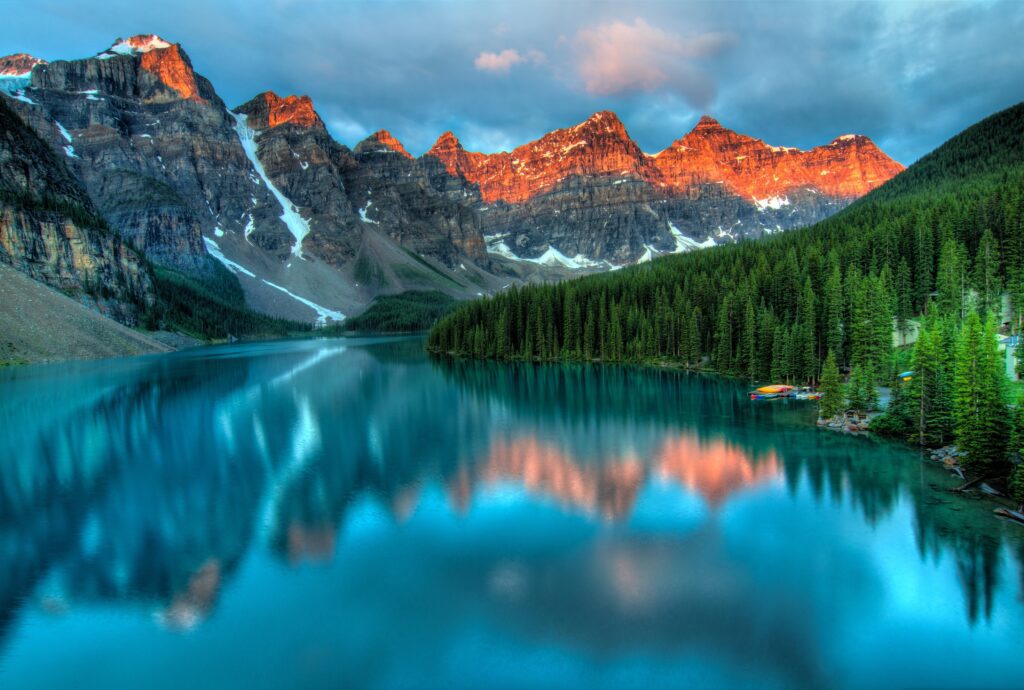
8. Lombok
Tropical hotspots Lombok and its offshore coral-ringed Gili Islands are becoming a more and more attractive standby for excessively commercial Bali. Here, you may enjoy Bali’s attractions before the arrival of tourists, such as surfing hotspots, deserted beaches, and breathtaking waterfalls tucked away in steamy woods, of which Tiu Kelep Waterfall is the most famous without a doubt.
Aiming for adventure, travelers travel to Lombok. It is probably due to the outstanding trekking opportunities its volcano-topped jungle offers in a breathtaking setting. Make sure you’re in shape and have a guidebook with a good reputation if you want to hike the Gunung Rinjani volcano and its picturesque crater lake—not it’s a stroll in the park!
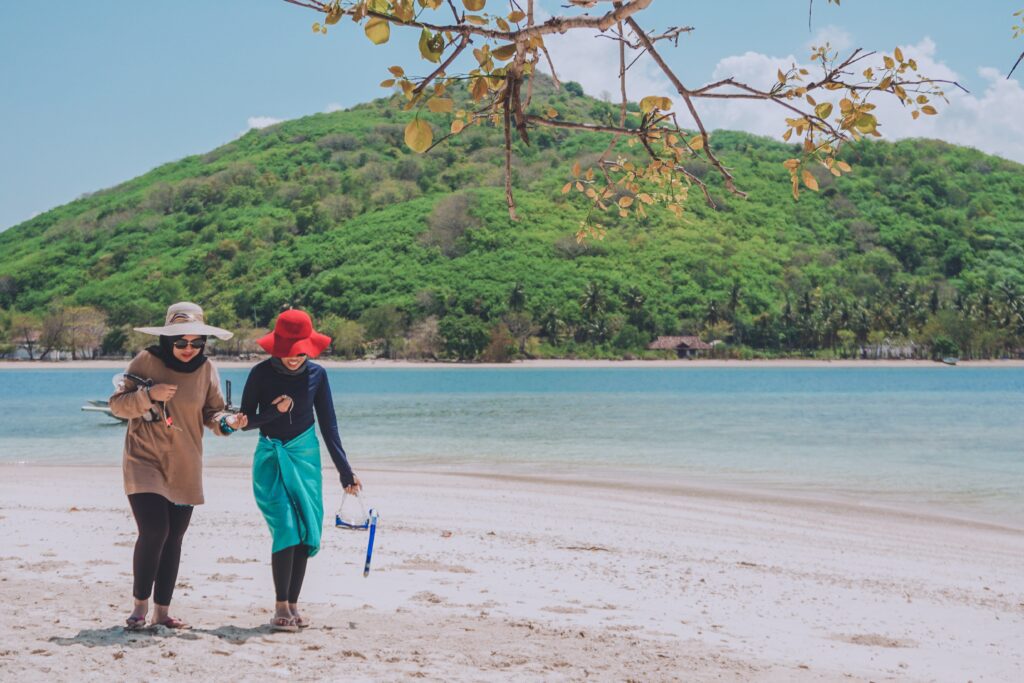
9. Komodo National Park
Komodo National Park, situated in Indonesia’s Nusa Tenggara area, is well-known for its reptilian namesake, the Komodo dragon, and nothing else. The park offers shelter for this peculiar-looking creature that resembles a dinosaur and is spread across the main islands of Komodo, Rinca, and Padar, as well as several smaller islets. It can grow to a massive three meters in length, making it the giant lizard alive today! Visitors rely on knowledgeable tour guides for sightseeing and to keep them safe since the reptiles move freely around the islands.

10. Yogyakarta
Due to its closeness to the well-known temples of Borobudur and Prambanan, Yogyakarta, a bustling city of around 500,000 inhabitants, is the most popular tourist destination in Java. The city is a center of education and culture for Javanese fine arts, such as theatre and ballet performances. It also boasts a wide range of tourism amenities. Additionally, it is the final Indonesian city governed by a monarchy.
On a sad yet mesmerizing Merapi Lava Tour, Yogyakarta makes a great starting point for discovering the nearby communities frozen in time by solidified lava. These villages are locked in time by hardened lava and are near Buddhist and Hindu temples, as well as the sights in the city itself, which is small enough to be explored on foot.


